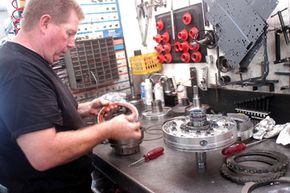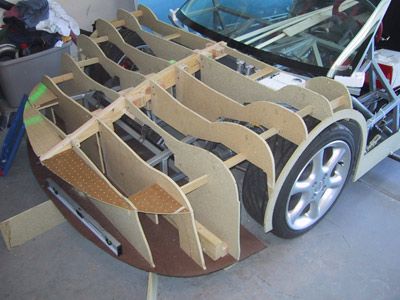How long do transmissions last? It's a big question and one that's actually quite difficult to answer. Factors such as maintenance and build quality play a role. Lubrication and heat are also parts of the equation, as are circumstance and fate. It's a heady mix but it can be predicted to some extent, factoring out accidents, system failure, driver input and unlucky thrust washer metallurgy from the factory.
Take for instance the Aisin Warner AW4 transmission. This automatic transmission, found in Jeeps and Toyotas among others, holds something of a legendary status. The stories surrounding the longevity of this car part speak to the proverbial bullet-proof transmission, one that can run without lubrication and at high temperatures for unconscionable lengths of time. It can take punishment that would make a lesser transmission weep and seize. In short, all efforts to kill it will end in failure. It simply can't be stopped.
Advertisement
Are the stories true? Some are, others are merely akin to automotive urban legends and gear-head lore, a story to swap around a warm manifold in a cold garage in the winter. Like all transmissions, the AW4 is a mechanical contrivance compiled from hundreds of auto parts and subject to the same physical laws as all other transmissions. And when those laws are broken, the transmission suffers the consequences, as does the driver's wallet.
Just as importantly, the transmission is linked to other car parts including the engine, the electronic systems, the chassis, differentials and cooling systems. Problems in these areas can lead to problems in the transmission and vice versa. The transmission isn't an island and the bridges that connect it to the rest of the car are often a source of failure.
And the transmission itself is made up of more than gears, brakes and planetary carriers. It has pumps, complex hydraulic circuits, pressure switches and temperamental electronics. In fact, the daunting complexity of a transmission makes it a component that many seasoned mechanics are wary of tackling.
However, good routine maintenance can lead to increased auto part longevity.
Advertisement




